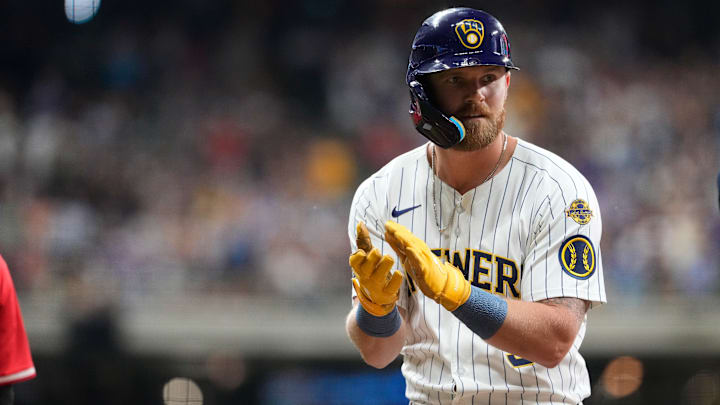Walk into any corner of Milwaukee this week and the vibe is unmistakable: this isn’t blind optimism, it’s conviction. The Milwaukee Brewers didn’t just win a bunch of close games or catch a soft month — they authored a record-setting regular season while rewriting the way they win. Pat Murphy’s club leans into a clubhouse built on accountability, the kind that turns 1–0 grinders into full-team celebrations.
Expectations outside the city were modest back in March. Inside the room, the standard never budged. By October, the rest of the league had caught up to what the Brewers already knew: this team’s floor is high, and its ceiling keeps rising.
That’s why home-field advantage matters so much here. For the first time since 1982, Milwaukee holds the bracket’s top seed and the right to make everyone fly to American Family Field. The bye is more than a breather; it’s a chance to reset the rotation, weaponize matchups, and let sore bodies sharpen rather than simply heal. It removes the best-of-three coin flip that has tripped so many great seasons and replaces it with a series length that rewards depth, discipline, and a true sense of identity — three things the Brewers have in spades.
Brewers’ historic season has fans daring to believe
Start with the balance. Milwaukee set a franchise record with 97 wins because they could beat you in any lane: an offense that finished third in runs scored (806) without living and dying by the long ball (22nd in homers, 166), and a pitching staff that ranked second in ERA by choking off big innings before they formed. The philosophy is simple and ruthless — get on base, pressure mistakes, play clean defense, and trust that run prevention travels. It’s not flashy; it’s sustainable. And in October, sustainable plays.
That balance is anchored by a star who looks like himself again. Christian Yelich’s resurgence (29 homers, 103 RBIs) gave the lineup its old heartbeat back. His bounce-back season didn’t just add production; it restored shape to the order, letting the table-setters do their work and the middle of the lineup stack traffic. The Brewers don’t rely on any one hitter to carry them, but having an MVP-caliber presence again changes the math in every late inning.
If spring questions hovered anywhere, they hovered over the bullpen — especially after the Devin Williams trade. By August, that narrative was toast. Trevor Megill pitched like an All-Star, and a “perceived weakness” turned into a runway of different looks and late-inning answers: Abner Uribe’s electricity, Nick Mears’ reliability, Grant Anderson’s revival, Jared Koenig’s execution. Milwaukee doesn’t wait for the ninth to use its best arms; they hunt leverage and steal outs when the game actually swings. That’s postseason baseball.
And then there’s the quiet selflessness that makes the machine hum. Starters sliding into hybrid roles didn’t sulk; they sharpened the blade. DL Hall and Tobias Myers embraced bullpen assignments built for fire drills, and even Jacob Misiorowski — who has starter’s stuff for the next decade — plans to come out of the ‘pen in October. That kind of buy-in turns the middle innings into a fortress. It also gives Murphy the freedom to play the game in three-out chunks: open the door with the starter, slam it with power and angle, and let the matchup tree do the rest.
This, ultimately, is why Brewers fans believe this year is different. It’s not just the wins, or the seeding, or the noise under the roof — it’s the clarity. Milwaukee knows exactly who it is, and it built a roster to win the messy middle where playoff games actually turn. A historic regular season, home-field throughout, a lineup that manufactures runs, a staff that shortens games, a bullpen reborn, and a clubhouse willing to trade titles for roles. Add it up, and you don’t just get hope. You get a path. And for the first time in a long time, the path to a parade runs through Milwaukee.
